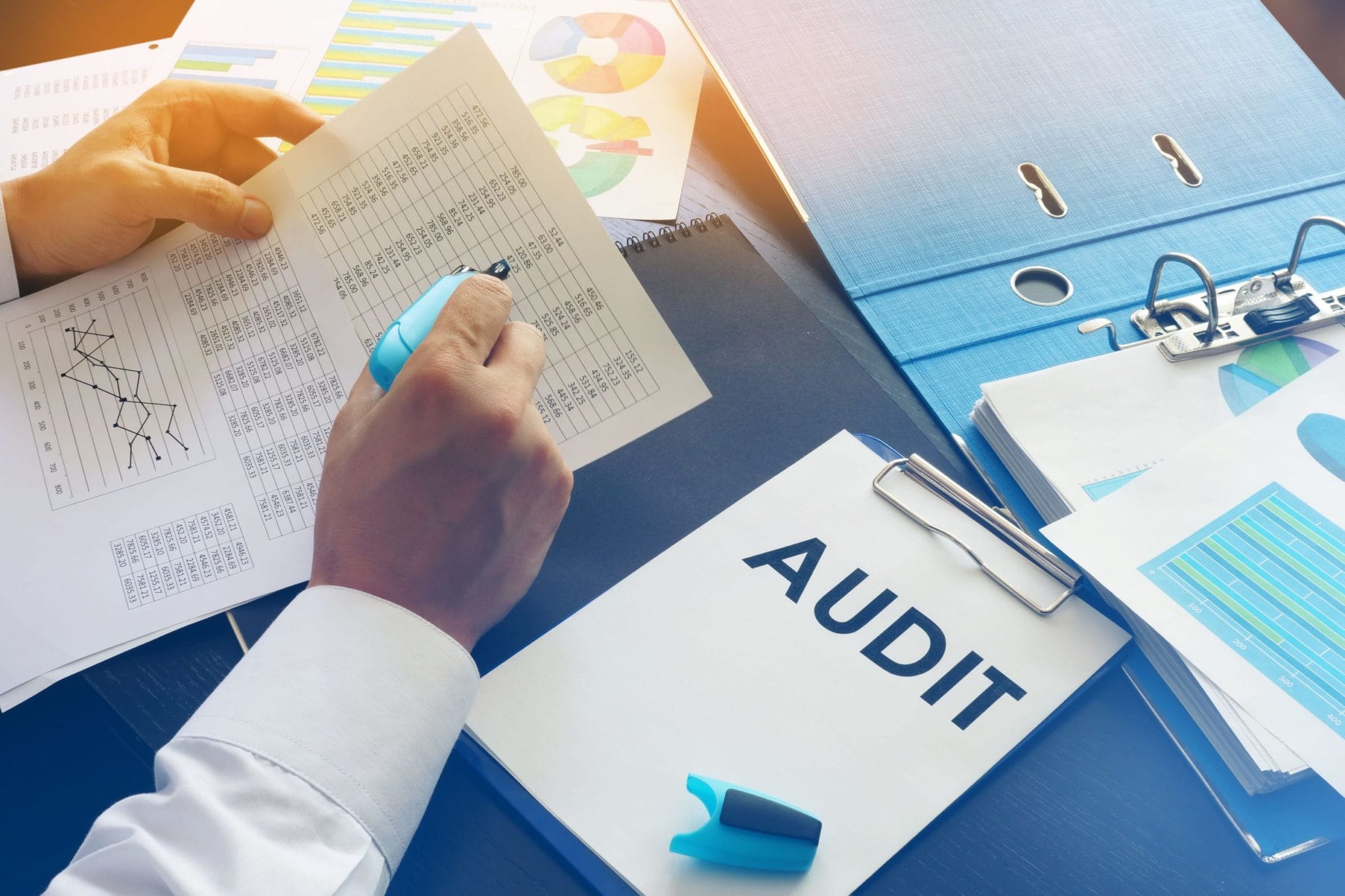Complex accounting estimates — such as allowances for doubtful accounts, impairments of long-lived assets, and valuations of financial and nonfinancial assets — have been blamed for many high-profile accounting scams and financial restatements. Estimates generally involve some level of measurement uncertainty, and some may even require the use of outside specialists, such as appraisers or engineers.
As a result, examining estimates is a critical part of an audit. Companies that understand the audit process are better equipped to facilitate audit fieldwork and can communicate more effectively with their auditors. Here’s what you need to know about auditing the use of estimates as we head into next audit season.
Audit techniques
Some estimates may be easily determinable, but many are inherently complex. Auditing standards generally provide the following three approaches for substantively testing accounting estimates and fair value measurements:
- Testing management’s process. Auditors evaluate the reasonableness and consistency of management’s assumptions, as well as test whether the underlying data is complete, accurate and relevant.
- Developing an independent estimate. Using management’s assumptions (or alternate assumptions), auditors come up with an estimate to compare to what’s reported on the internally prepared financial statements.
- Reviewing subsequent events or transactions. The reasonableness of estimates can be gauged by looking at events or transactions that happen after the balance sheet date but before the date of the auditor’s report.
When performing an audit, all three approaches might not necessarily be appropriate for every estimate. For each estimate, the auditor typically selects one or a combination of these approaches.
Regulatory oversight
Accounting estimates have been on the agenda of the Public Company Accounting Oversight Board (PCAOB) since it was established by Congress under the Sarbanes-Oxley Act of 2002. Although the leadership of PCAOB changed hands in early 2018, proposals to enhance the auditing standards for the use of accounting estimates and the work of specialists remain top priorities.
Earlier this summer, Chairman William Duhnke told the PCAOB’s Standard Advisory Group (SAG) that he hopes to complete these projects in the coming months. The updated auditing standards would help reduce diversity in practice, provide more-specific direction and be better aligned with the risk assessment standards.
Prepare for next audit season
Improvements on the audit standards for the use of estimates and the work of specialists could be coming soon. As companies plan for next year’s audit, they should contact their audit partners for the latest developments on the standards for auditing the use of estimates and specialists to determine what (if anything) has changed.
Feel free to contact us so we can help you understand how estimates and specialists are used in the preparation of your company’s financial statements and minimize the risk of financial misstatement.
© 2018


